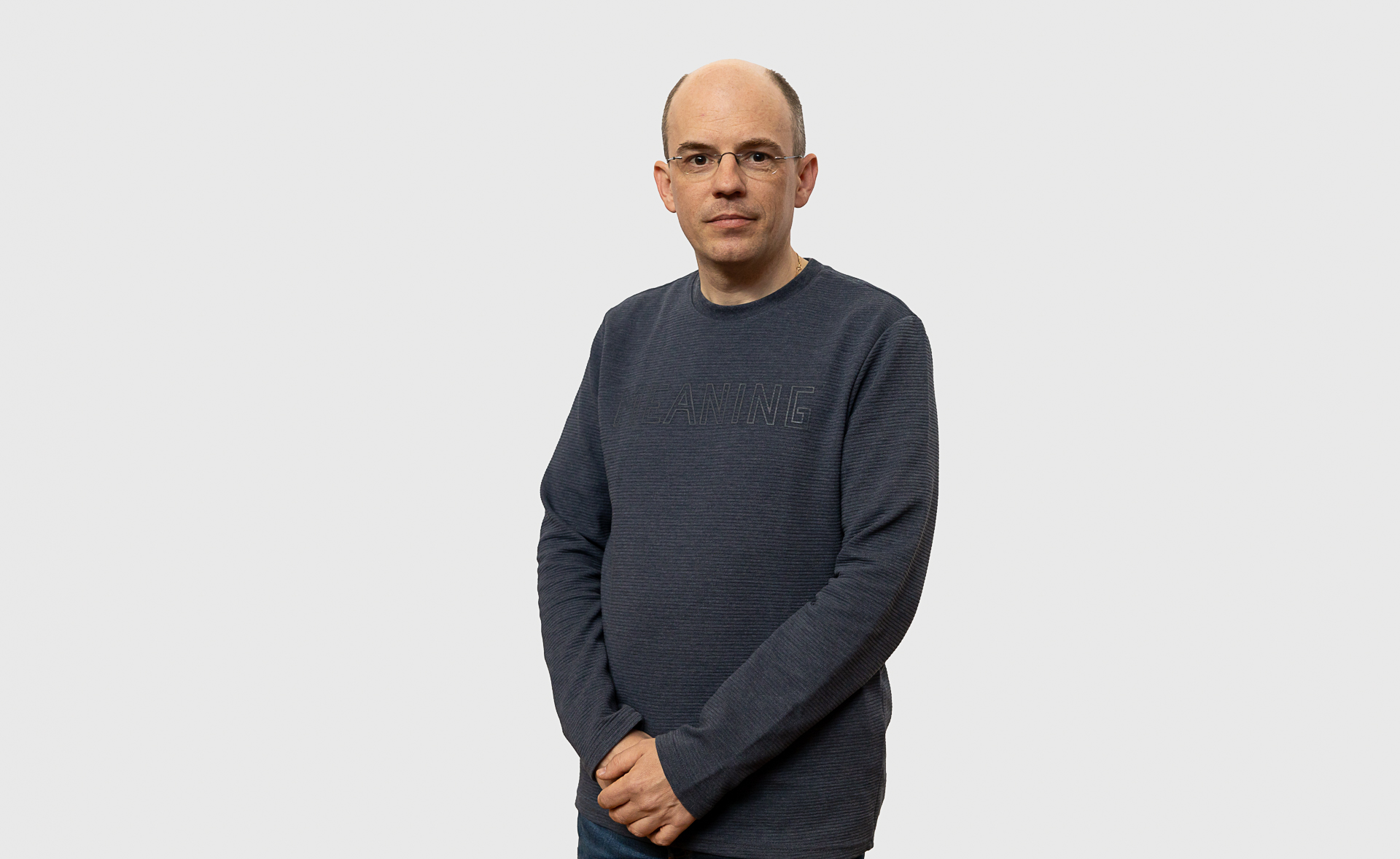At the Department of low and medium energy physics (F2) we conduct basic nuclear and atomic physics research and apply the obtained knowledge to variety of practical interdisciplinary research problems, such as: environmental radiation monitoring, material research, fusion, biology, energy storage, medicine, pharmacology, air quality monitoring and archeometry.
Our laboratory is equipped with the latest state of the art research tools and instruments, which, besides basic research equipment, include a 2MeV tandetron accelerator, various detectors for ionizing radiation, custom experimental setups for atomic physics research and calibrated radiation fields. Through several international collaborations and joint projects, members of our Department regularly conduct measurements on big experimental facilities, such as accelerators, synchotrons, free electron lasers and fusion reactors. In addition, our department performs environmental radiation monitoring service by running a mobile Ecological lab, a specialized unit within Slovenian civil defense organization.
Many of the tools and instruments we use for our research are not commercially available and are consequently developed in house. Few such examples include: a plan-parallel and hemispherical electrostatic spectrometers for precise measurements of electron and ion kinetic energy and mass, several time-of-flight mass spectrometers, a couple of ion mass spectrometers and a “magnetic bottle” type electron spectrometer.
The main goal of the proposed project is to develop a compact and lightweight mass spectrometer (MS) based on a quadrupole ion trap, suitable for in-situ analysis of atmospheric gaseous samples. Our MS will employ the technology and design principles used for spaceflight instruments to make it portable and shock resistant. For example, we will use an ion/getter pump, which contains no moving parts, instead of traditional turbo-molecular device, and avoid usage of wires which represent liability in high-g environment. Instead, we will apply potentials to electrodes through structural elements of the instrument, such as posts and screws. The instrument will have a sensitivity of a 1 part-per-million in a 1-300 atomic-mass-unit range, and mass resolution of a m/Δm > 600 at mass 300. MS will have two modes of operation: a static one for methane and noble gases, and a dynamic one for the rest of the samples. In addition, we will use a selective resonant ejection mechanism to minimize the overlapping of trace species with peak tails of dominant components. After the instrument is developed, we will demonstrate its capabilities by: a) measuring concentration and isotopic ratios of noble gases from the ambient atmosphere, b) analysis of volcanic plume analogues, and c) by performing a vertical concentration profile measurements of CO2 and methane by mounting the instrument on an atmospheric balloon.
The proposed project will be carried out with the help/partial supervision of Dr. Jurij Simčič (IJS, F2) who spent the last decade developing spaceflight mass spectrometers at NASA (Jet Propulsion Laboratory, Pasadena, https://www.nasa.gov/feature/nasas-spacecraft-atmosphere-monitor-goes-to-work-aboard-the-international-space-station).
We are looking for a candidate who:
– wants to delve deep into the theory and practice of quadrupole ion traps,
– has a passion for experimental work,
– wants to master the principles of spaceflight instrument design techniques (mechanics, electronics, data acquisition and data analysis).
All interested are invited to our IJS Reactor center Podgorica location for a lab tour and in-detail presentation of the project.
